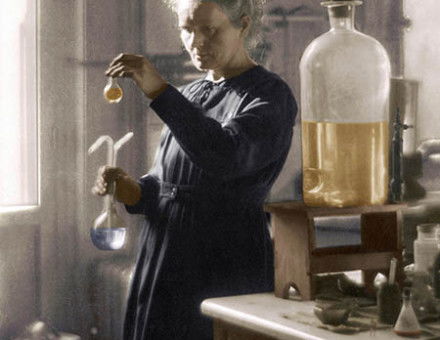

"Dismantling popular myths, taking a truly global view and dispensing with false idols, Fara's highly readable survey of science's histories is a breath of fresh air. And rather than glorifying scientists as idealized heroes, she tells true stories about real people-men (and some women) who needed to earn their living, who made mistakes, and who trampled down their rivals. Instead of focussing on esoteric experiments and abstract theories, she explains how science belongs to the practical world of war, politics, and business. We see for instance how Muslim leaders encouraged science by building massive libraries, hospitals, and astronomical observatories and we rediscover the significance of medieval Europe-long overlooked-where, surprisingly, religious institutions ensured science's survival, as the learning preserved in monasteries was subsequently developed in new and unique institutions: universities.

Sweeping through the centuries from ancient Babylon right up to the latest hi-tech experiments in genetics and particle physics, Fara's book also ranges internationally, challenging notions of European superiority by emphasizing the importance of scientific projects based around the world, including revealing discussions of China and the Islamic Empire alongside the more familiar stories about Copernicus's sun-centered astronomy, Newton's gravity, and Darwin's theory of evolution. An American nineteenth-century sequence parallels the links between Halley, Holberg and Shelley.In Science, Patricia Fara rewrites science's past to provide new ways of understanding and questioning our modern technological society. Ethical problems about science were aired not only in political debates and learned journals, but also in fiction reciprocally, educational authors devised fictional settings to engage their pupils' interest in scientific knowledge, and scientific arguments were often conducted through rhetorical strategies. Women have been largely excluded from conventional histories of science, which focus on intellectual theories and inventions. This genre exemplifies how scientific texts and imaginative works of literature were not sharply distinguished, but marked opposite ends of a continuous spectrum. Shelley probably encountered elementary books as a child, especially didactic dialogues – similar to Edgeworth's – produced mainly by women.

This chapter presents some introductory texts available during Mary Shelley's childhood, and examines Ludvig Holberg's A Journey to the World Underground, a fantasy voyage purportedly narrated by Niels Klim.


 0 kommentar(er)
0 kommentar(er)
